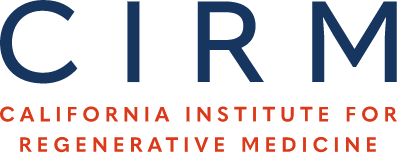Directed Differentiation of Neurons from Human iPSCs for Modeling Neurological Disorders.
Publication Year:
2024
PubMed ID:
38630226
Public Summary:
Cellular models that faithfully recapitulate human biology enable the study of developmental programs and diseases in a laboratory setting. In this chapter, we describe a protocol for differentiation of human induced pluripotent stem cells (hiPSCs) into neurons to study brain development, neuronal homeostasis, and diseases. Our protocol enables efficient and reproducible derivation of neurons facilitated by overexpression of neuron fate-determining transcription factors. These neurons can also be applied in regenerative medicine and drug development.
Scientific Abstract:
Human-induced pluripotent stem cell (hiPSC) technology has enabled comprehensive human cell-based disease modeling in vitro. Due to limited accessibility of primary human neurons as well as species-specific divergence between human and rodent brain tissues, hiPSC-derived neurons have become a popular tool for studying neuronal biology in a dish. Here, we provide methods for transcription factor-driven directed differentiation of neurons from hiPSCs via a neural progenitor cell (NPC) intermediate. Doxycycline-inducible expression of neuron fate-determining transcription factors neurogenin 2 (NGN2) and achaete-scute homolog 1 (ASCL1) enables rapid and controllable differentiation of human neurons for disease modeling applications. The provided method is also designed to improve the reproducibility of human neuron differentiation by reducing the batch-to-batch variation of NPC differentiation and lentiviral transduction.



